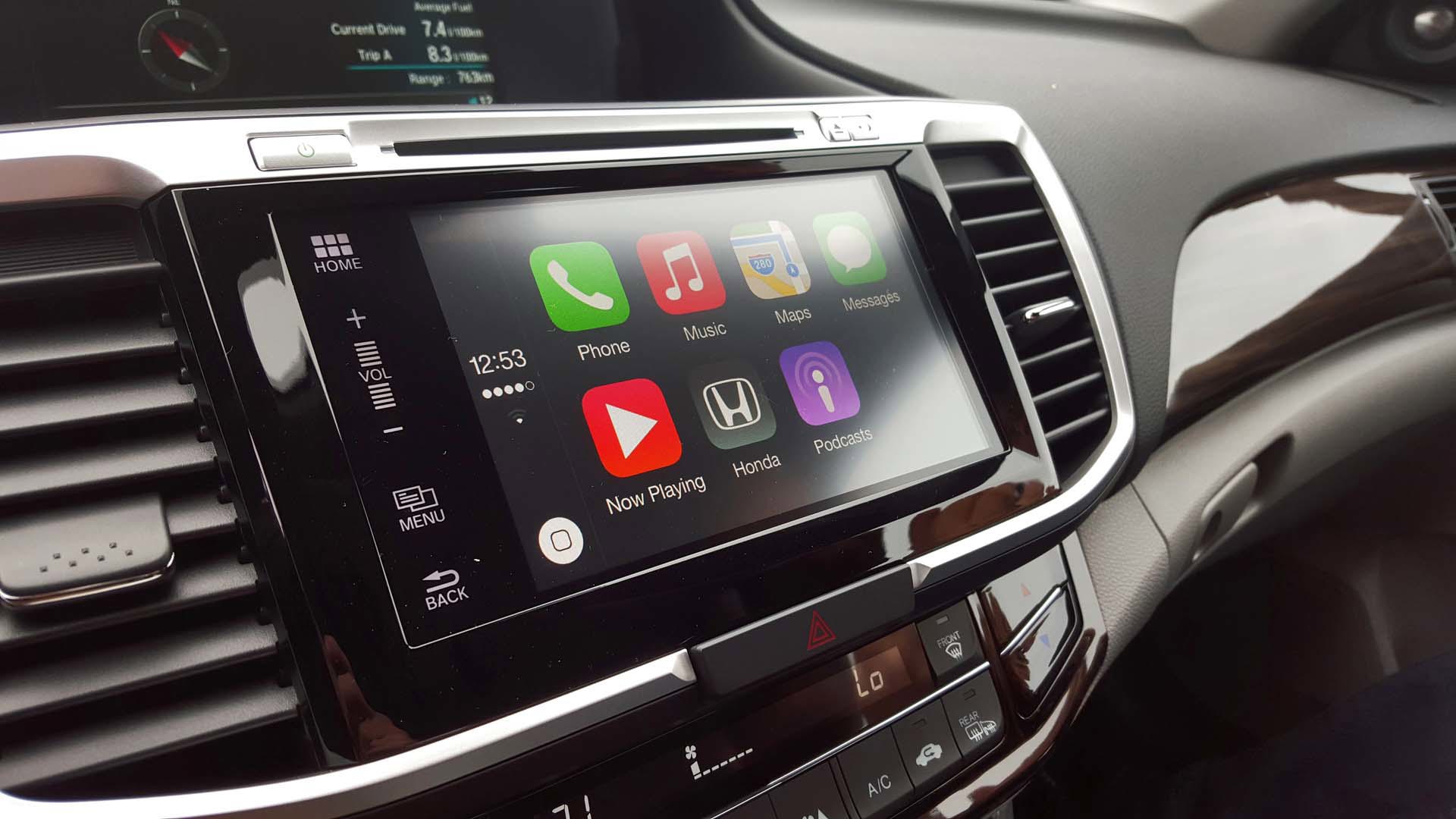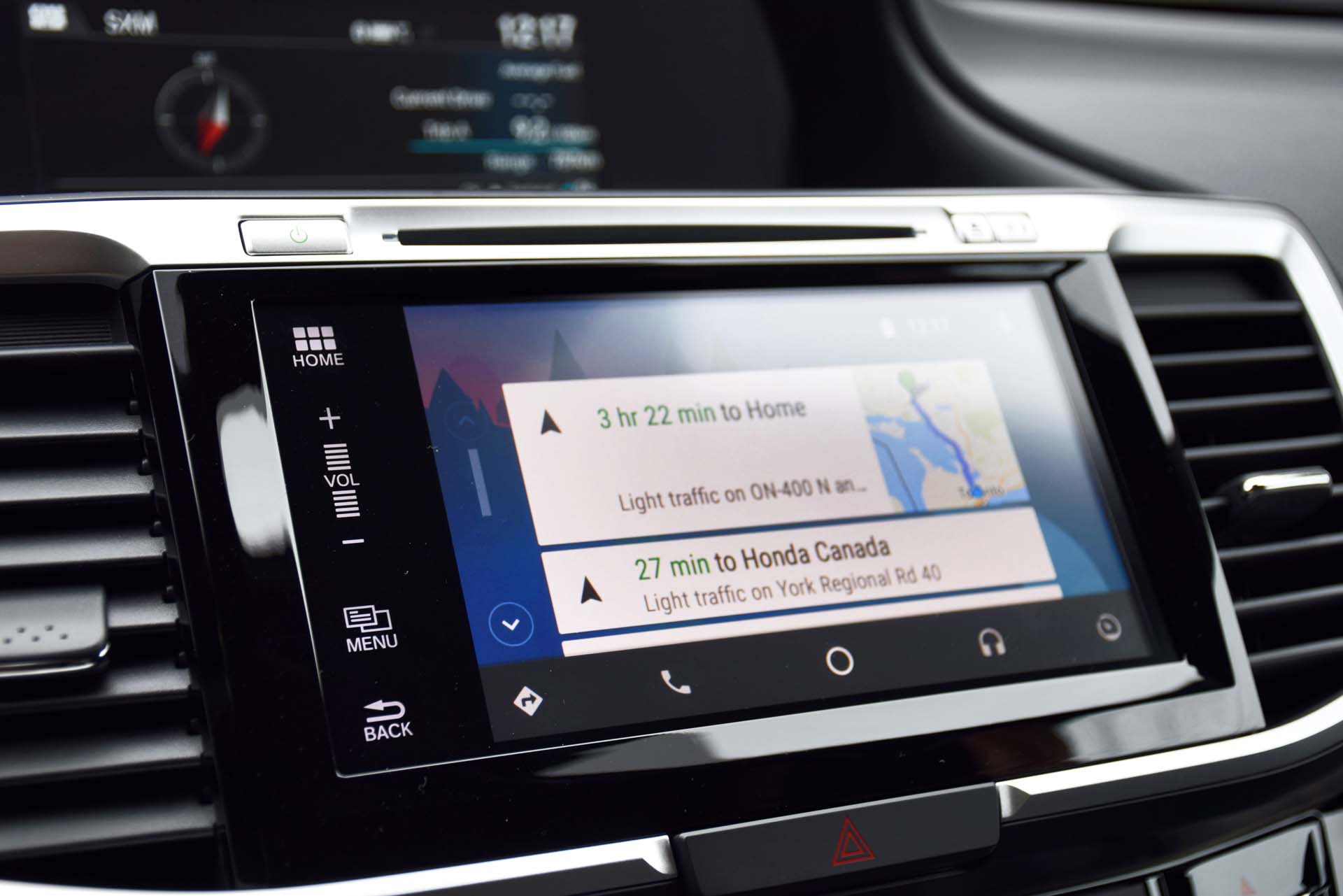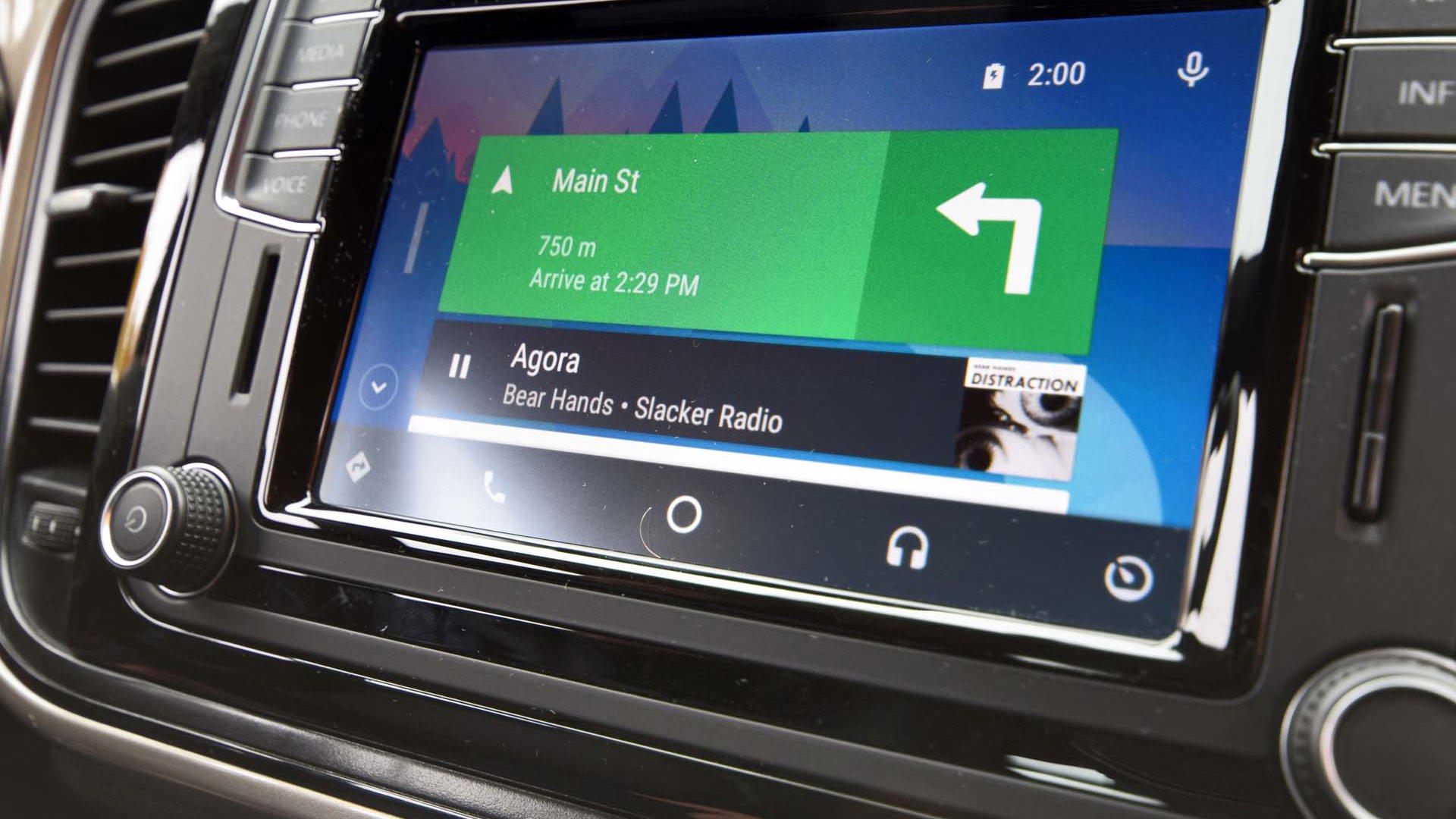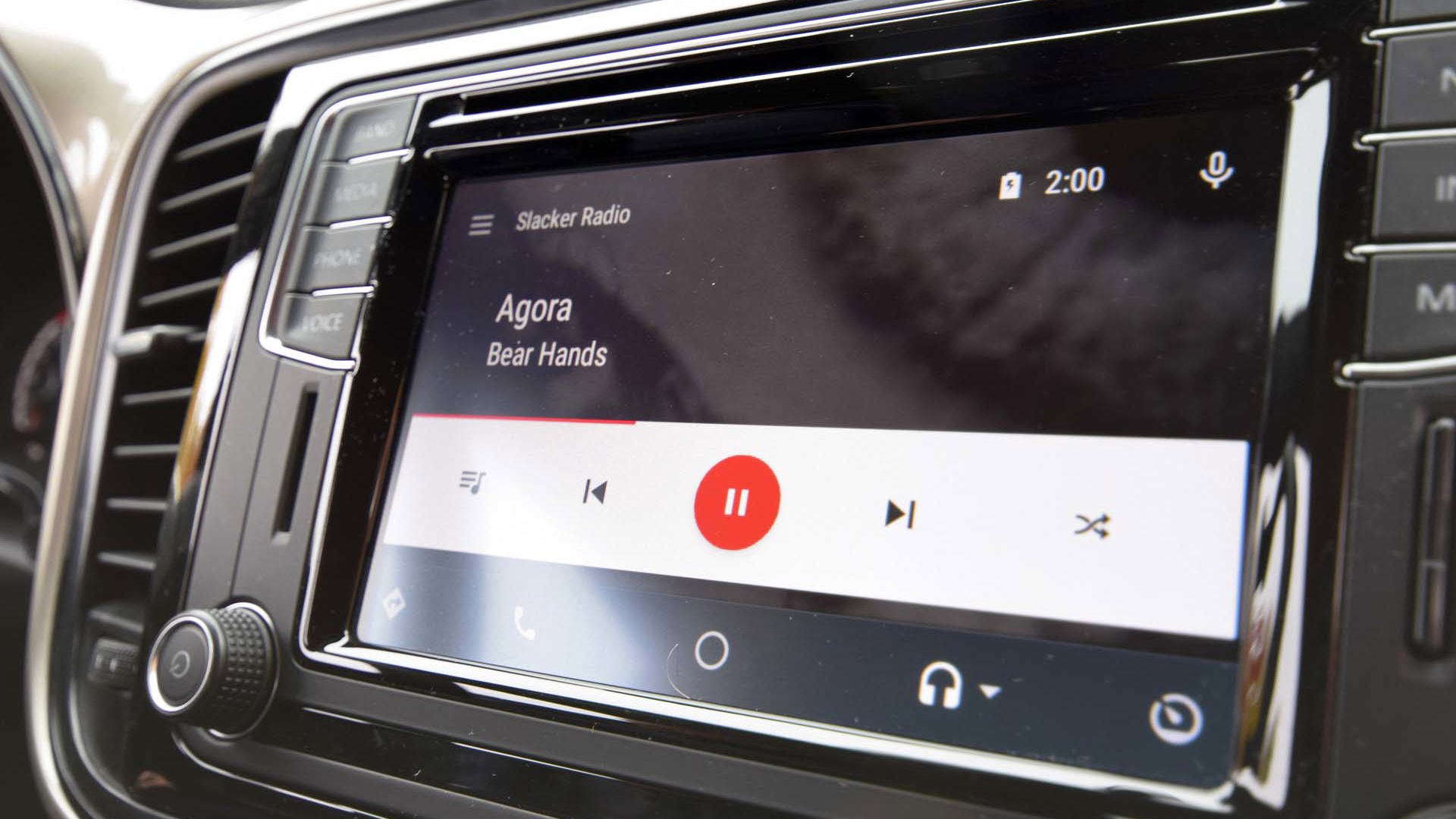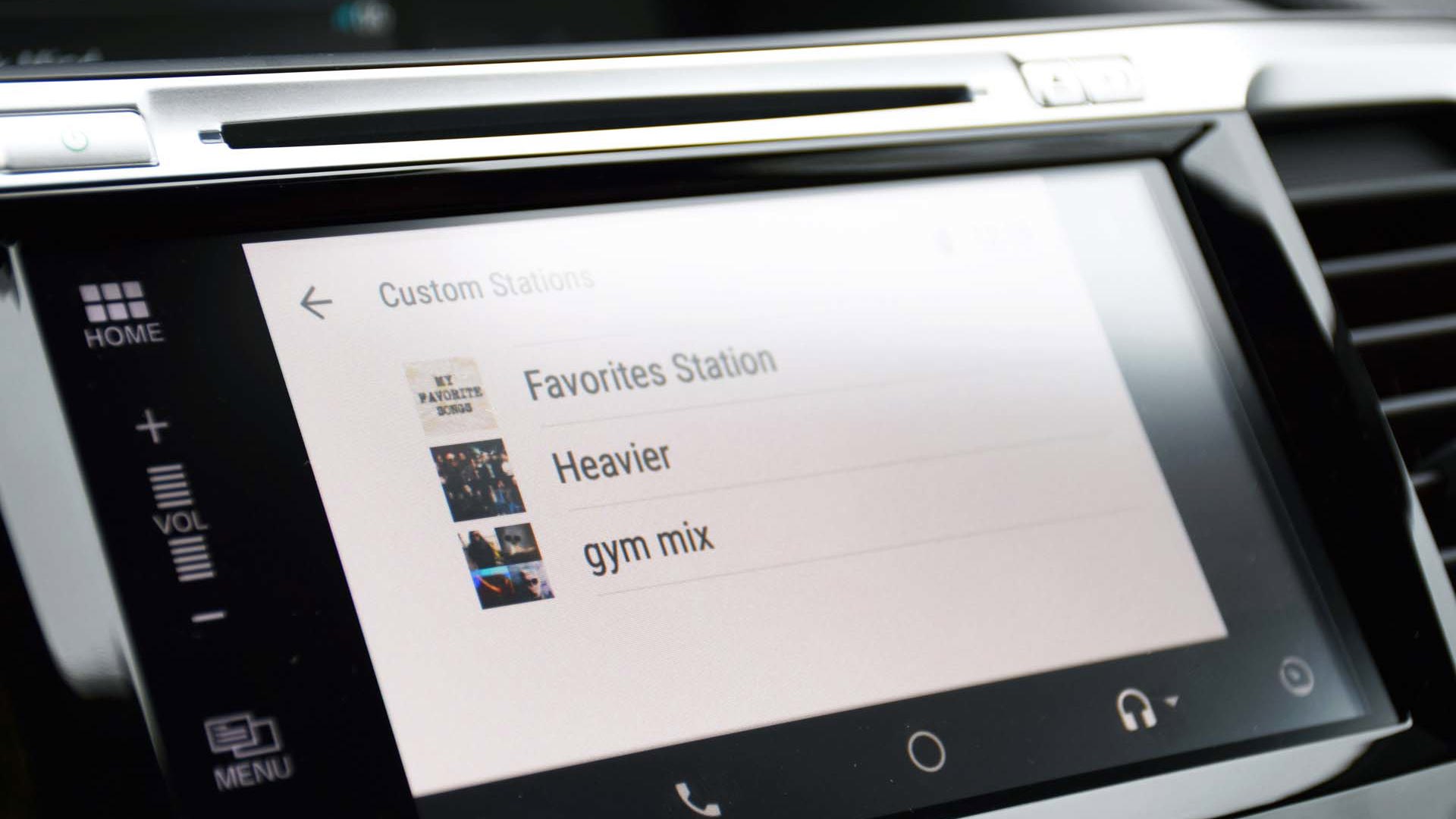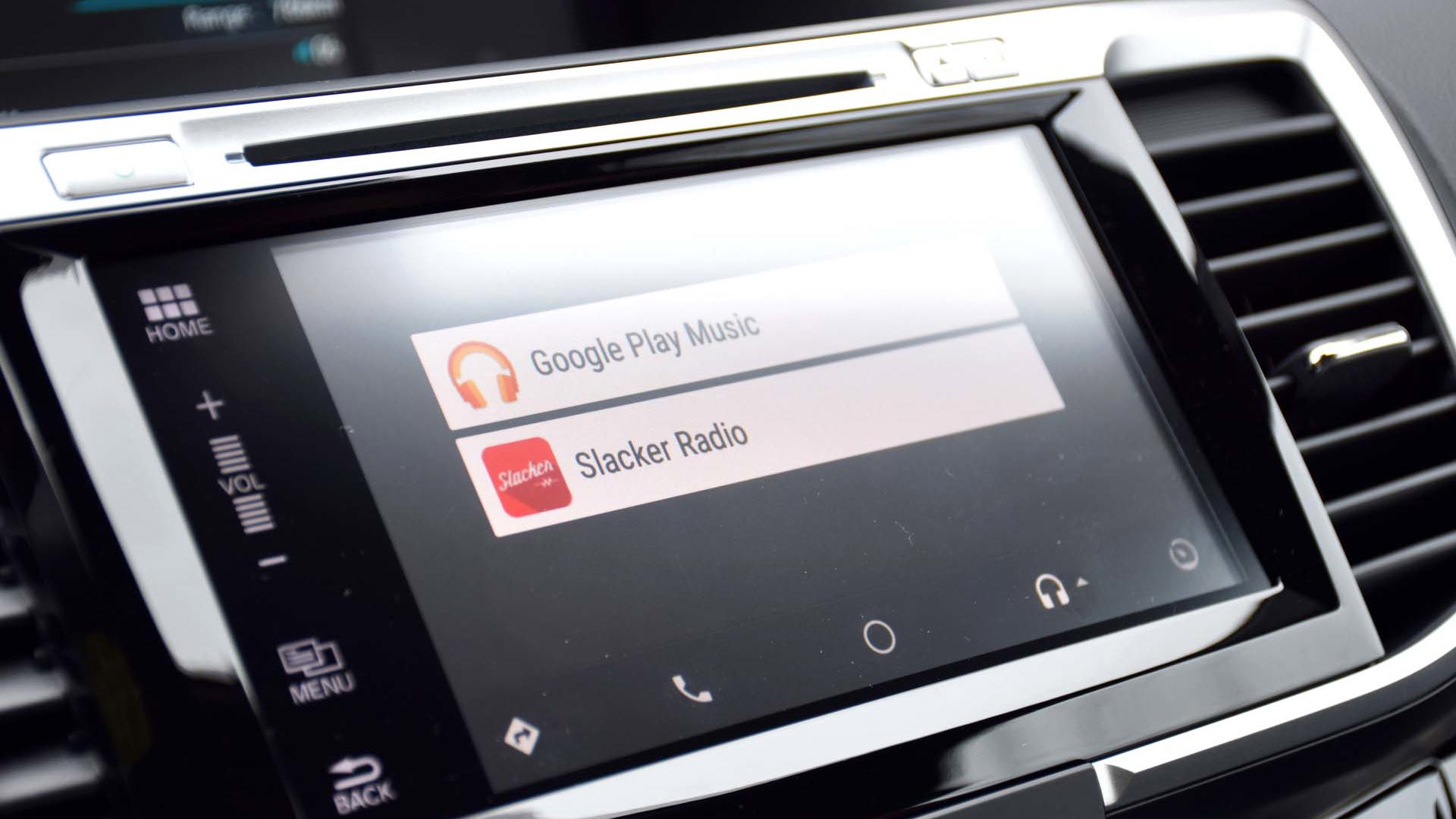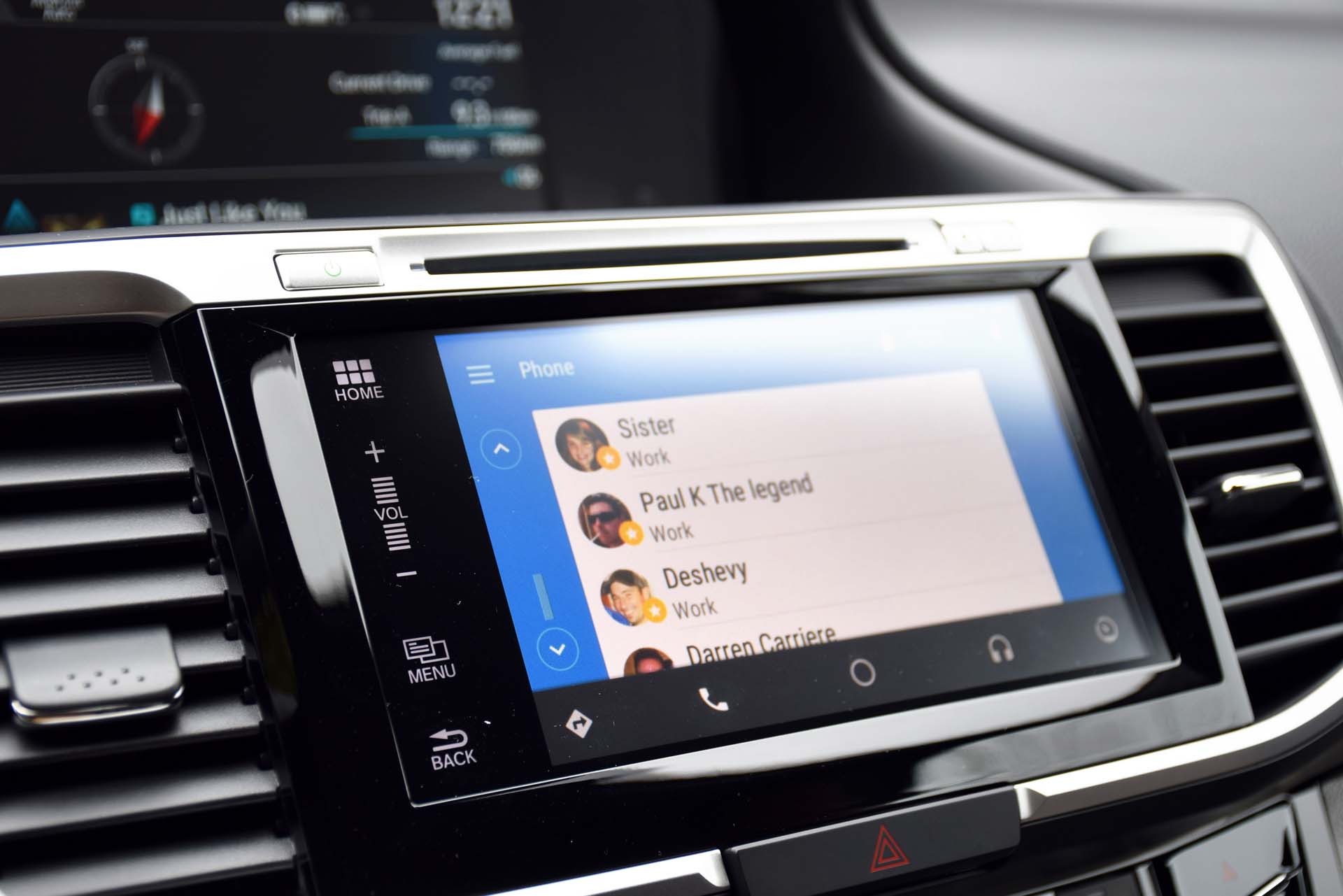I’ve heard from literally half a dozen in-the-market new-car shoppers in the past few months who are holding off on buying their new vehicle of choice until Android Auto and Apple CarPlay become available. One friend in particular was dead-set on a 2015 Chevrolet Silverado, though he’s held off another few months, since the 2016 model will feature the latest in advanced Smartphone technology. Another shopper even switched her vehicle of choice to a Volkswagen Jetta from a Mazda 3, because the Jetta offered CarPlay capability for her iPhone.
So, think what you will of technologies that make it easier and more seamless than ever to stay connected, entertained and informed on the move, but emerging systems like these are a very big deal, highly sought-after, and will become purchase decisions of note in numerous demographics moving forward.
“Customers absolutely want these features” says Ron Wong, a Human Machine Interface (HMI) expert at Honda Canada. “The demand comes from them. The customer is looking for features like these in new rides – and we’re delivering”.
Honda is embracing the latest in Smartphone connectivity with the Apple CarPlay and Android Auto systems, and they’re far from alone. Numerous models from Volkswagen and GM are available with the systems now, and many, many more will be joining the scene shortly.
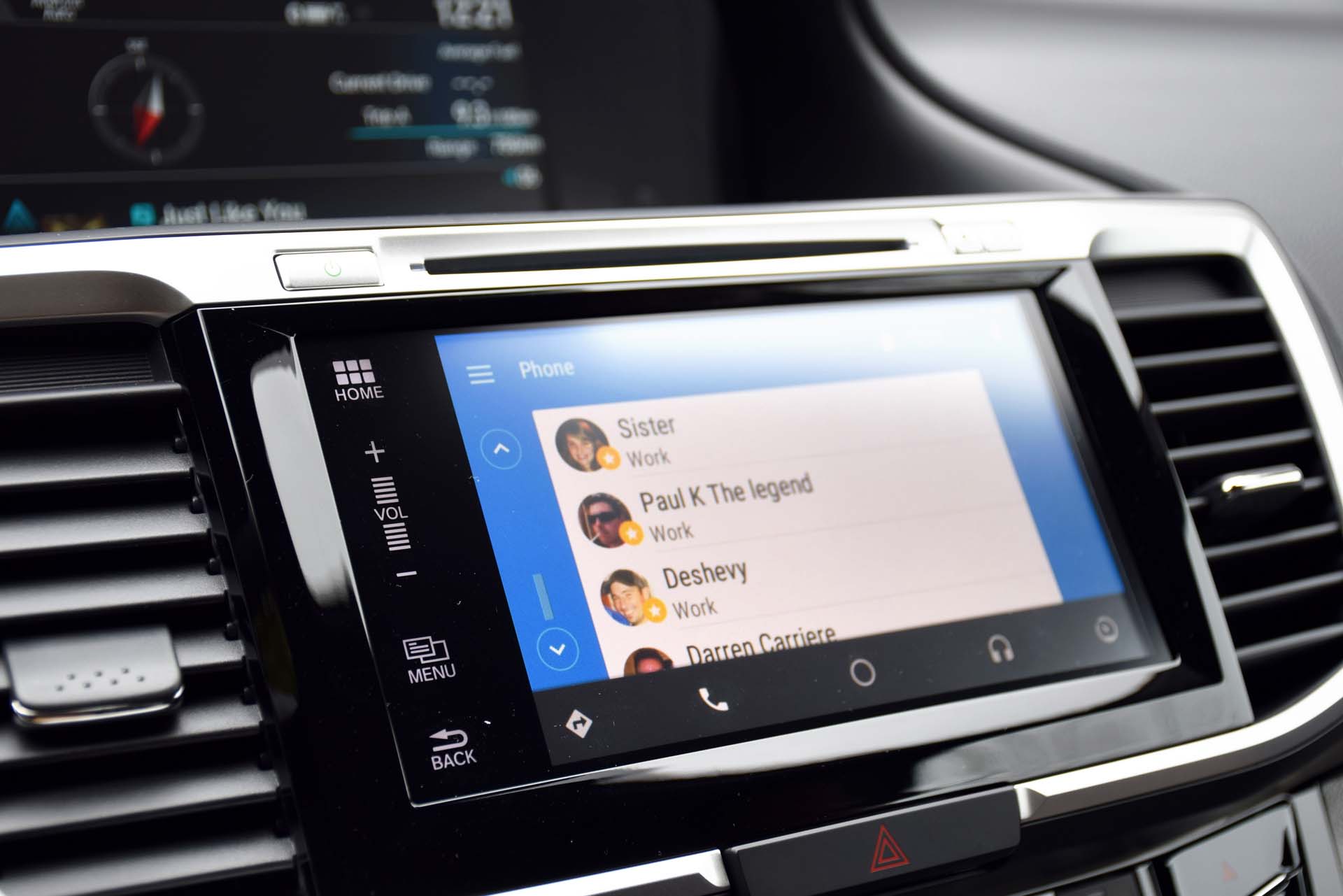
Both systems, which operate very similarly between Android and Apple handsets, have a simple premise: they upscale key elements from the user handset into the central command screen, so that interfaces, programs, menus and the like can be used, with the same look, feel, and gestures that users are already used to.
Consistency is key. Most drivers are, after all, used to using the interface on their Smartphone. The way they move and flick between menus, search for media, look up a contact, pan around a map or call up some info becomes second nature after a short period of time. Ditto the voice-command structure, if the user in question avidly employs the services of the Siri voice assistant (iPhone) or the Talk to Google voice interface on an Android. These interfaces, voice command structures and operational procedures used by many Smartphone users, several times an hour, over the course of that person’s day. Maybe more, if they’ve got an Apple or Android tablet, too.
But then, for years, after controlling your Smartphone like second nature all day, you’d get into your car, and your brain has to switch modes. Folks are happier using their Smartphones to access the contact, navigation directions, info or media they’re after, but doing this at the wheel is illegal and naughty. For years, this meant switching to a new in-dash interface, new menu structures, and new voice-command system, often clumsier and vastly different than the one you’d been using all day. With CarPlay and Android Auto, that’s no longer the case.
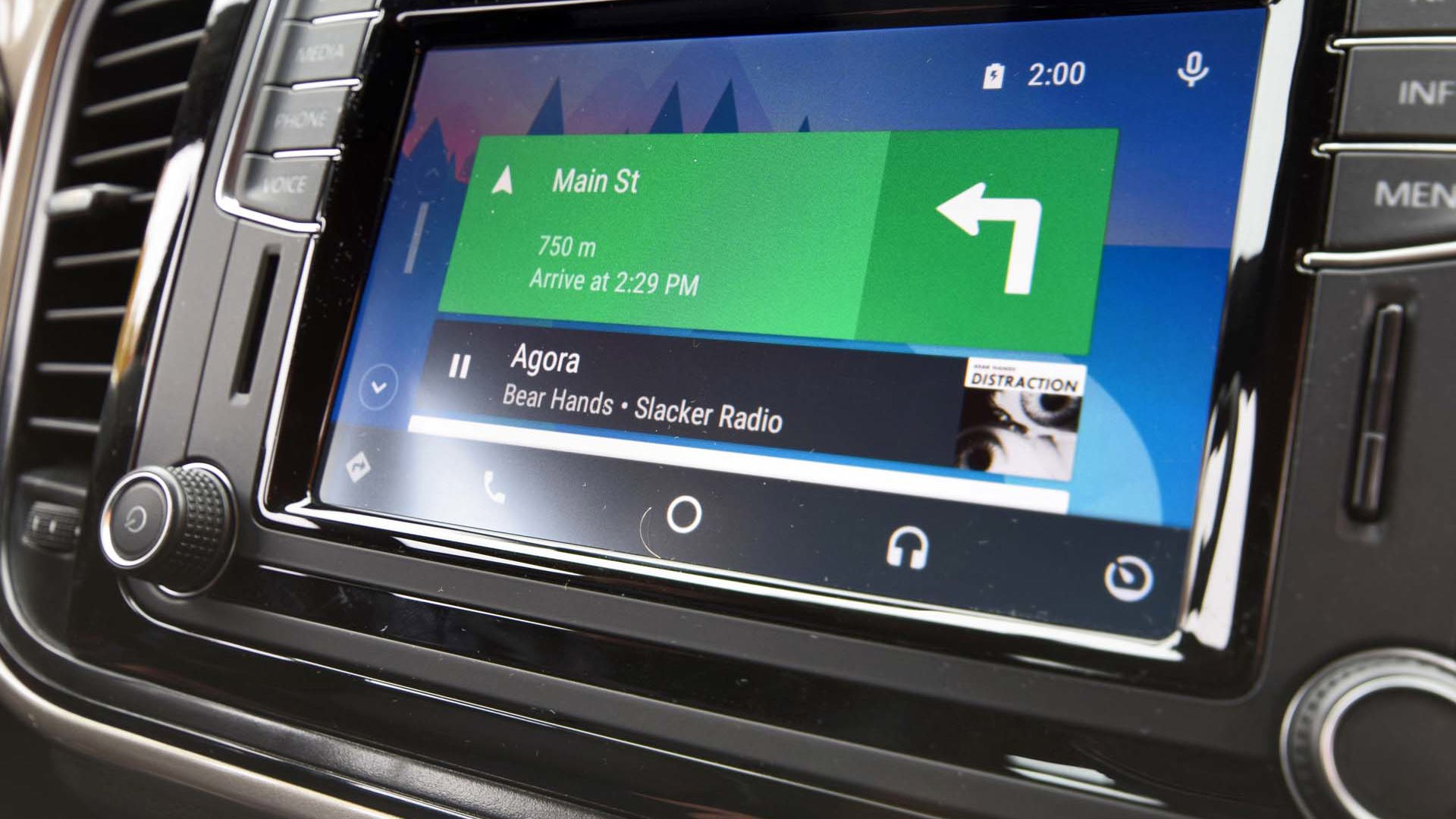
And sure. Perhaps you shouldn’t use an interface at the wheel, at all. But the fact is that people do, and will. With intuitive controls, selected functions locked-out while the vehicle is in motion, and enormously powerful voice-command functionality, Apple CarPlay and Android Auto can be used to manipulate hundreds of functions with as little distraction or brain-power as possible.
It’s simple to work.
First, ensure the proper app is loaded onto your phone. It may already be there, and if not, the download is quick. Then, drivers plug their Android or Apple Smartphone (sorry, Blackberry!) into the car, make a Bluetooth connection, and put their phone away. Near-field Wi-Fi and wireless charging standby to make Apple CarPlay and Android Auto completely wireless, one day, but not just yet. Your writer has tried Android Auto, via his Galaxy S6, in several rides to date. It’s worked easiest in Honda products so far, just plug in and a simple button press calls the systems into action. In a recent Volkswagen test drive, I found the system was a little fussier to get set up, though equally as impressive once working.
Once in action, through the vehicle’s existing menu interface, drivers can activate CarPlay or Android Auto mode, which effectively scales up selected elements of the Smartphone display into the in-dash screen. The same alert messages, navigation interface, contact list layouts, media controls and data you see on your Smartphone are displayed on the in-dash screen, with the same look, feel, font, graphics, and manipulation as on the handset itself.
Your Google maps interface, complete with live traffic updates? It’s right there on your screen, with all of your favorites, previous destinations, settings, and preferences intact. Your Apple Music interface, complete with your full membership, playlists, and favorites? Ditto. Your writer is an avid user of Slacker Radio, and was delighted that touching the media app on the screen opened an upscaled Slacker Radio interface, presumably because my phone knows that Slacker is the program I use for listening. My stations, icons, presets and playlists were all there, right on the screen, just as I’d left them on my phone. Very slick.
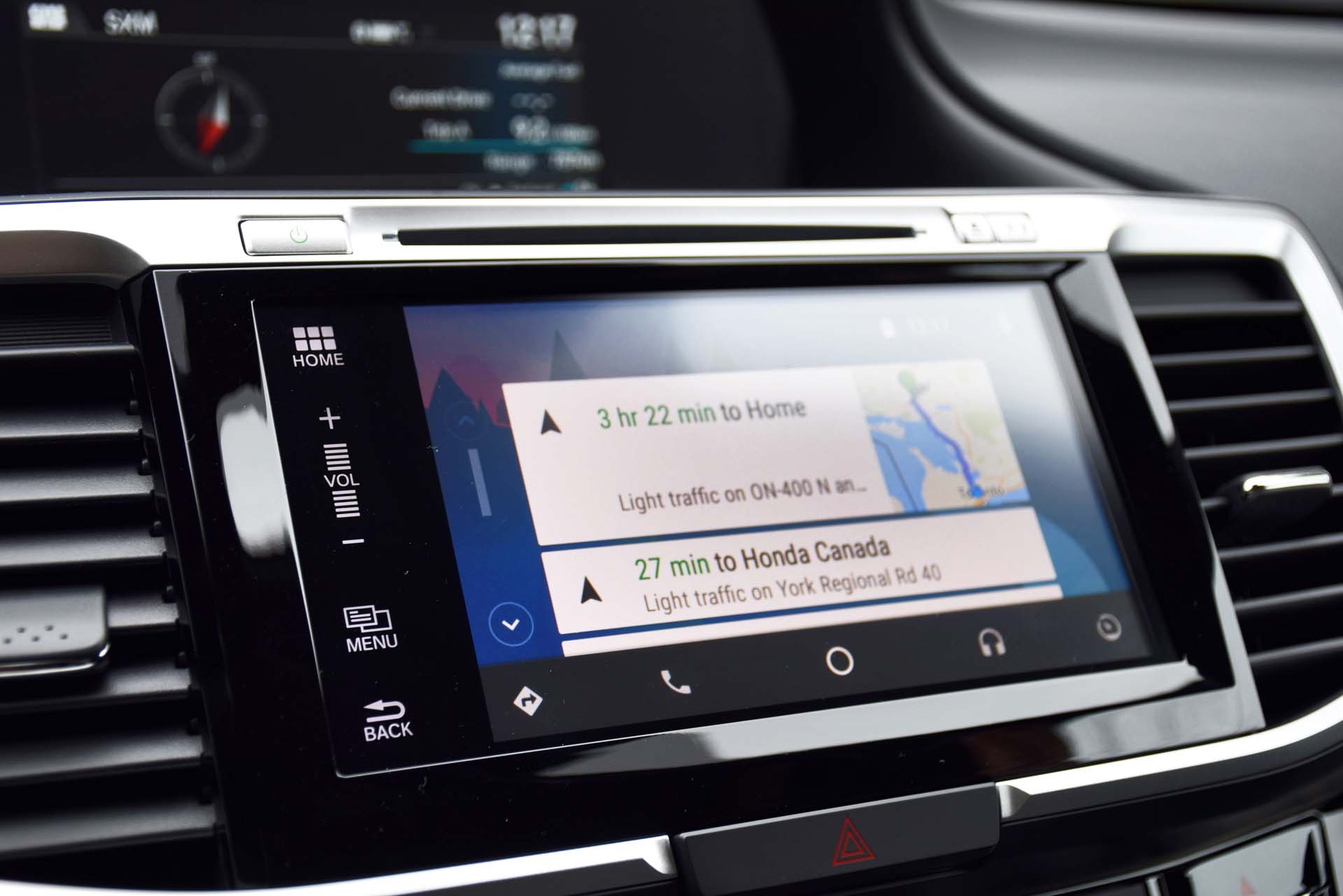
Incoming text messages are arranged and displayed for easy access, just like they are on your phone. They won’t display if you’re driving, though you can ask Siri or Talk to Google to read them to you. Since the full functionality of the voice assistants are accessible from the voice command button on the steering wheel, you can also ask to text a contact, to call someone, for navigation directions to a place, what the current score is in the hockey game, what time Star Wars is playing, or what 81 times 8 is, if you’re curious. Set a calendar entry, program a reminder, or make yourself a shopping list via the power of your voice. It’s all possible.
Other apps can be employed to read audiobooks aloud, find delicious recipes, or to read your emails out loud. They’re all right in your dash, with no new interface to learn.
Third-party app support is also available, so you’ll be able to access Twitter, Spotify, Yelp and more. There’s nothing else to install either, as the app lives in your phone, not in the car. Even the community-based navigation app, Waze, is reportedly coming – allowing drivers to alert each other of nearby accidents, traffic situations and more, all without handling the handset. The expandability in functionality with new apps is virtually limitless.
Of course, some safety controls are implemented. When either system is activated via the vehicle’s in-dash screen, the handset is locked out – inaccessible and unusable – which encourages drivers to not even bother trying to look at it. The system is also tied into your vehicle speed sensor and parking brake sensor, so if in motion, numerous functionalities are locked out. For instance, drivers can’t read text messages on screen, watch YouTube videos, look at pictures or read web pages, unless they’re safely parked.
Look for Android Auto and Apple Car Play in your next new car. The technology is coming to a ride near you in the immediate future.
